Hyperlane and Initia Airdrops: A Comparative Analysis of DeFi Reward Strategies
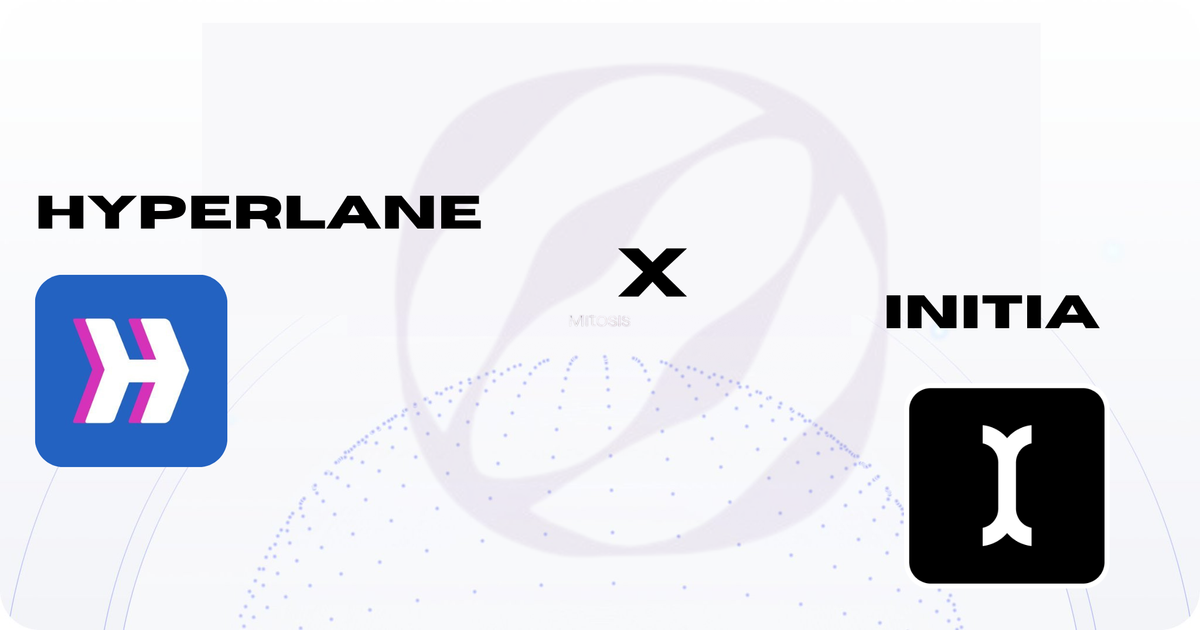
Introduction
Airdrops have become a cornerstone of Decentralized Finance (DeFi), rewarding early adopters while bootstrapping protocol growth. Hyperlane, a cross-chain interoperability layer, and Initia, a modular Layer 1 blockchain, have both leveraged airdrops to galvanize their communities. Hyperlane’s $HYPER token airdrop and Initia’s $INIT token distribution, launched in 2025, offer a lens into how DeFi projects incentivize participation. This article compares their airdrop strategies, eligibility, rewards, and goals, to reveal what they mean for LPs and the broader DeFi landscape.
What to look out for in this article includes:
🎯 Understanding Airdrops in DeFi
🎯 Hyperlane’s $HYPER Airdrop
🎯 Initia’s $INIT Airdrop
🎯 Comparative Analysis
🎯 Challenges and Risks
🎯 Implications for LPs and DeFi
Understanding Airdrops in DeFi
Airdrops distribute free tokens to users based on specific criteria, such as protocol usage or community engagement. They serve dual purposes, rewarding loyalty and driving adoption by incentivizing interaction with a protocol’s ecosystem. Hyperlane and Initia, with distinct technological focuses, interoperability for Hyperlane, modular architecture for Initia use airdrops to align user incentives with their long-term visions. Comparing their approaches highlights how DeFi projects tailor rewards to their unique needs.
Hyperlane’s $HYPER Airdrop

Hyperlane, a permissionless interoperability protocol connecting over 140 blockchains, launched its $HYPER token airdrop in April 2025. Here’s a breakdown of its structure:
▪️Eligibility: Users who spent at least $5 in fees on Hyperlane by February 28, 2025, qualified, alongside users of chains like Eclipse and Injective EVM where Hyperlane is the canonical interoperability solution. Holders of specific NFTs and TIA liquidity providers on Manta or Arbitrum also earned allocations.
▪️ Reward Structure: The airdrop allocated 7.5% of the 1 billion $HYPER total supply (75 million tokens), with 85% for end users and 15% for app owners. The claim period ran from April 22 to May 22, 2025, with pre-registration required by April 14. Staking $HYPER on Symbiotic Finance offered HyperStreak multipliers for future rewards.
▪️ Strategic Goals: Hyperlane’s airdrop incentivizes cross-chain activity, reinforcing its role as a universal messaging layer. By rewarding diverse users, from bridge users to NFT holders, it fosters broad ecosystem engagement, with staking encouraging long-term commitment.
The campaign’s focus on multi-chain interactions aligns with Hyperlane’s mission to unify fragmented DeFi ecosystems, backed by $20 million from investors like Galaxy Digital.
Initia’s $INIT Airdrop
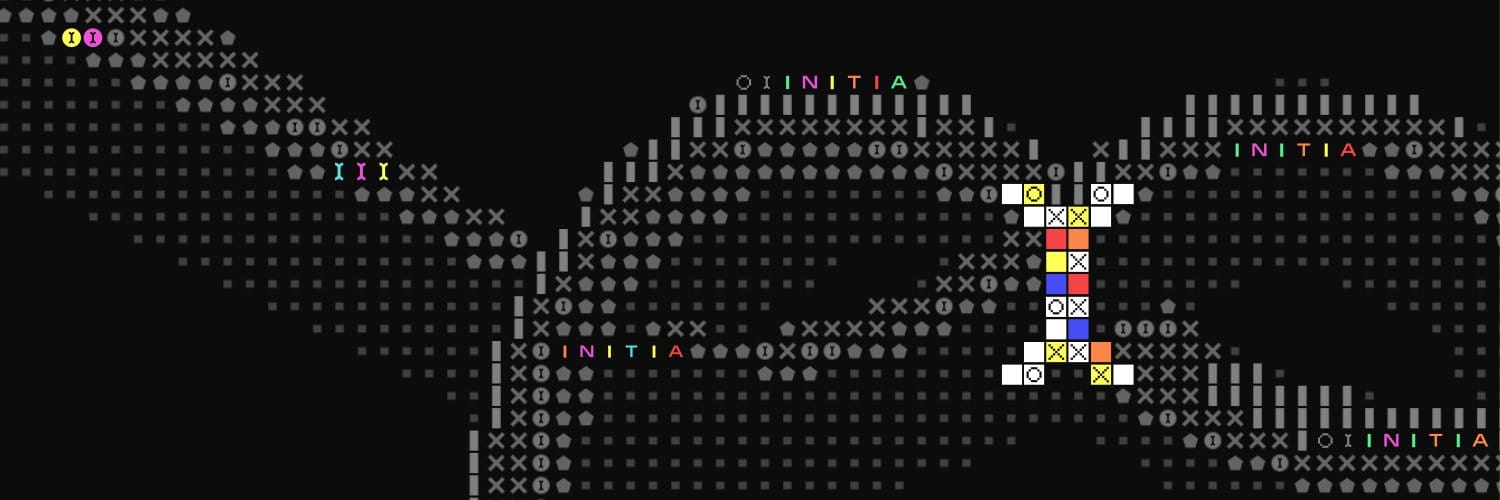
Initia, a modular Layer 1 blockchain designed for scalable DeFi applications, rolled out its $INIT airdrop around its mainnet launch in April 2025. Key details include:
▪️ Eligibility: Criteria included holding Jennie NFTs, being among top milkTIA holders, and contributing socially (e.g., via X or Discord). Specific on-chain activities, like staking or providing liquidity, were also rewarded, though exact thresholds varied. High traffic caused checker site downtime, reflecting intense interest.
▪️ Reward Structure: While precise token allocations weren’t fully disclosed, posts on X speculated a 5% airdrop of the total $INIT supply, potentially valuing $35 million at a $700 million fully diluted valuation (FDV). Distribution details remained fluid due to mainnet delays.
▪️ Strategic Goals: Initia’s airdrop aimed to bootstrap its modular ecosystem, encouraging developers and users to build and interact with its chain. By rewarding both on-chain and off-chain contributions, it sought to create a vibrant, engaged community from launch.
Initia’s $25 million raise and focus on modularity position it as a competitor to Celestia, with the airdrop driving early adoption.
Comparative Analysis
While both airdrops aim to spur engagement, their strategies diverge in scope and execution:
▪️Eligibility Scope: Hyperlane’s criteria are broader, targeting cross-chain users, NFT holders, and liquidity providers across multiple ecosystems, reflecting its interoperability focus. Initia’s requirements are narrower, emphasizing specific assets (Jennie NFTs, milkTIA) and social activity, tailored to its modular chain’s early adopters.
▪️Reward Clarity: Hyperlane’s airdrop is more transparent, with a fixed 7.5% allocation and clear deadlines. Initia’s remains opaque, with unconfirmed percentages and site issues causing confusion, potentially frustrating users.
▪️Ecosystem Fit: Hyperlane’s rewards reinforce its cross-chain mission, encouraging bridging and staking to deepen network usage. Initia’s airdrop prioritizes community-building, blending on-chain and social tasks to spark developer interest in its modular framework.
▪️Market Positioning: Hyperlane’s $260 million FDV and structured staking (HyperStreak) suggest a focus on long-term retention. Initia’s higher $700 million FDV reflects speculative hype, but its less defined rewards risk diluting impact.
Data underscores their traction. Hyperlane has processed $6 billion in cross-chain volume, while Initia’s mainnet buzz drove significant X engagement.
Challenges and Risks
Both airdrops face hurdles. Hyperlane’s broad eligibility risks Sybil attacks, though anti-Sybil measures like varied transaction patterns help. Its staking focus may exclude casual users. Initia’s vague criteria and site crashes sparked X complaints, potentially alienating participants. Both protocols also navigate DeFi’s volatility where market dips could erode token value post-airdrop.
Security is another concern. Hyperlane’s audits by Trail of Bits and Zellic bolster confidence, but cross-chain protocols are hack-prone. Initia’s newer infrastructure lacks similar public audit details, raising questions about robustness.
Implications for LPs and DeFi
For LPs, Hyperlane offers a clear path to rewards through bridging and staking, ideal for those active in multi-chain DeFi. Initia’s airdrop suits community-focused users willing to navigate uncertainty for potentially higher upside. Both underscore a trend. Airdrops are evolving from simple giveaways to strategic tools that align user behavior with protocol goals.
For DeFi, these campaigns highlight divergent paths. Hyperlane’s interoperability focus could make it a backbone for cross-chain apps, while Initia’s modular bet aims to capture developer mindshare. Their success will hinge on post-airdrop engagement, Hyperlane’s staking multipliers and Initia’s mainnet rollout will be critical tests.
Conclusion
Hyperlane and Initia’s airdrops reflect DeFi’s maturation, where rewards are less about hype and more about ecosystem-building. Hyperlane’s structured, cross-chain approach contrasts with Initia’s community-driven, modular strategy, offering LPs distinct opportunities. As DeFi’s TVL nears $100 billion in 2025, such campaigns will shape which protocols lead the next wave. For users, the choice is clear, bridge with Hyperlane for interoperability rewards or build with Initia for modular potential. Either way, these airdrops signal a DeFi future where participation is power.
And that brings us to the end of this article, follow Mitosis on their official websites to stay tuned for more: Website | X | Discord | Telegram
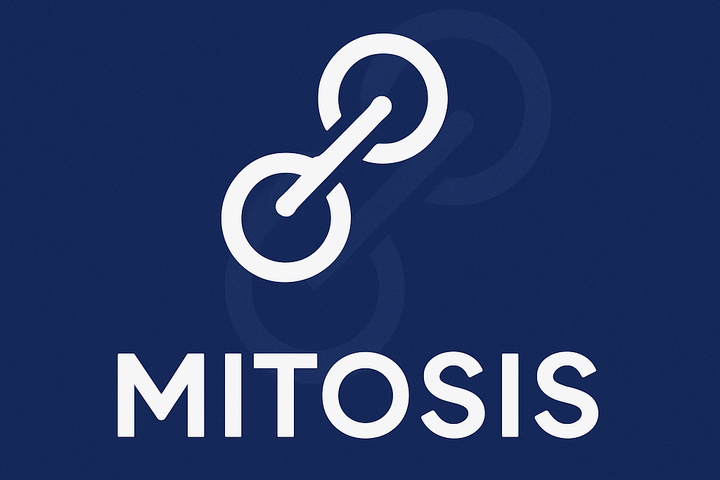
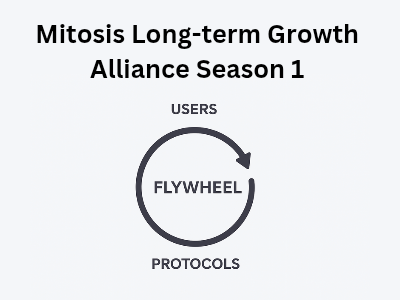
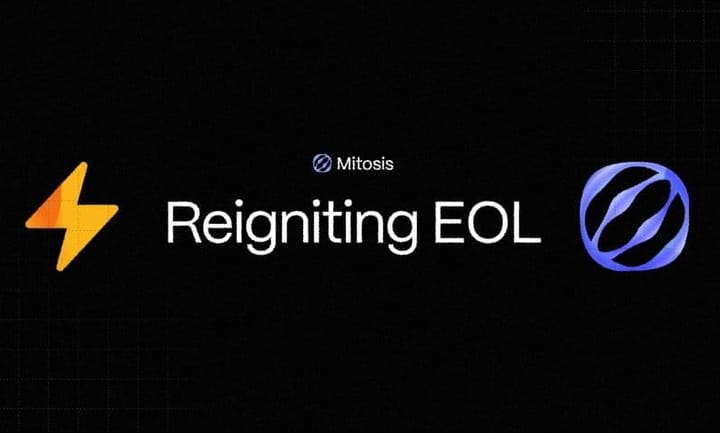
Comments ()